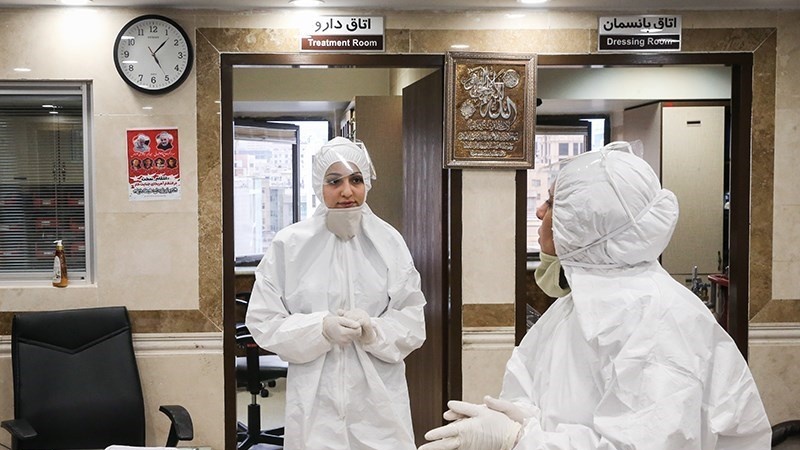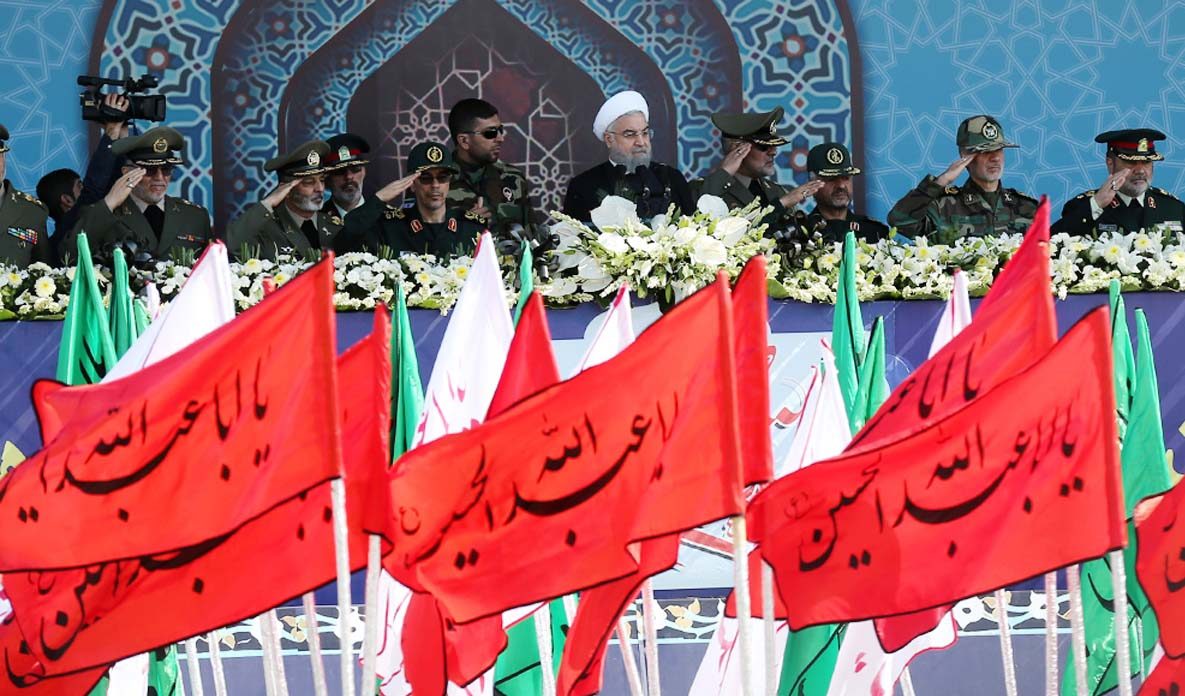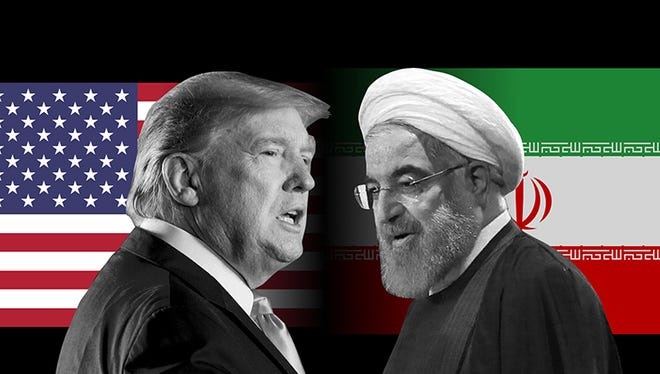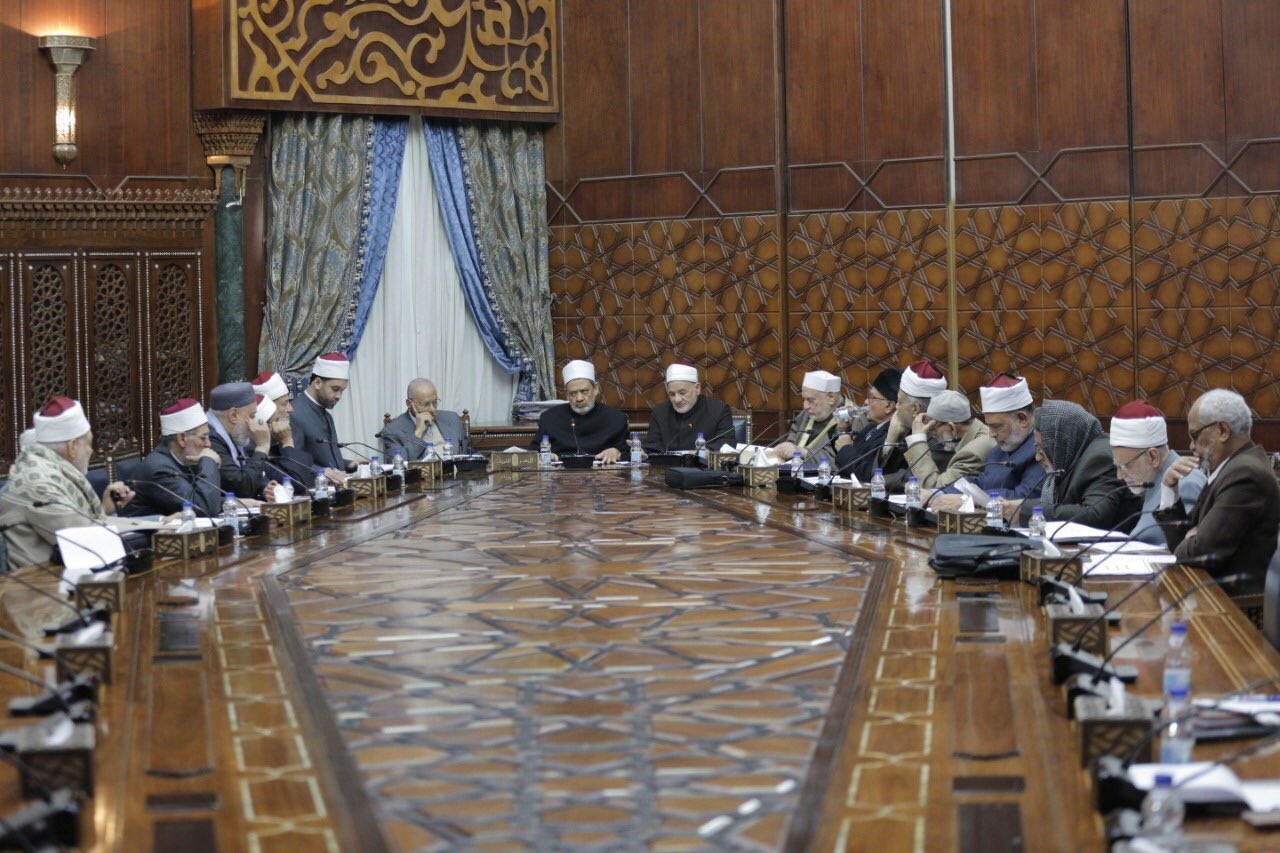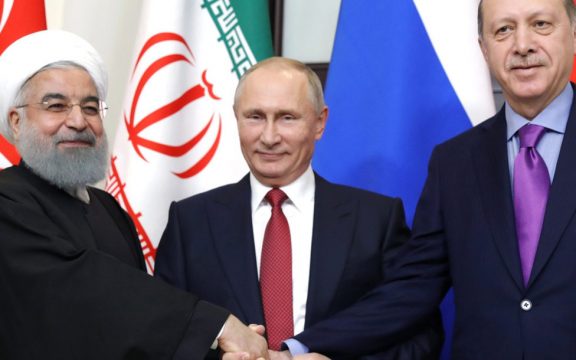COVID-19 pandemic has hit almost all parts of the world, since first reported at the end of 2019. Globally, the case has exceeded 8.5 million while the death toll exceeds 450 thousand. COVID-19 is a virus that can cause disease and even end up in death, and so the initial steps are generally medical in nature, including that of lock-down policy, aimed to contain the spread.
The “extreme” lock-down policy in turn seemed to disrupt the economic activities, directly affecting lives of many. Many countries then adopted somewhat “combined” approach, managing both health and economic approaches. The Iranian authorities also seem to adopt such approach and still trying hard to work their best to deal with the pandemic, many believe will still be around for long.
The short article tries to review the development of COVID-19 treatment in Iran: the first being the beginning phase, the second explains briefly during the sloping-down of case’ number leading to economic activities normalization efforts, and the third being the “combined” approach taken. The article also portraits briefly on the country in handling the COVID-19, and concluded with what is thought to be the key to handle the issue.
Following an official announcement on 19 February 2020 confirming the first COVID-19 case in Iran, the government issued a number of measures including restrictions on outside activities and inter-city travel. During most parts of March 2020, COVID-19 case increased, marked by a number of government high-ranking officials tested positive, and repatriation of foreign nationals in Iran by their respective governments (including Qatar, India, Malaysia and South Korea).
In this PERIOD, the authorities mainly adopted the “Health Approach”, aiming primarily against COVID-19 as a disease following its increasing spread. Policy measures taken during this period include: Iranian Armed Forces involvement particularly in providing extra health facilities assistance, social distancing policies measures such as closure of a number of cities/parks, COVID-19 mass screening undergone by huge number of Iranians, and financial aids from National State Budget and the National Development Fund specifically for food/health sector subsidies.
President Rouhani also expressed optimism on the issue, supported by the Supreme Leader Ali Khamenei who granted ‘Shuhada’ title to those falling victim to/fighting against the pandemic, certainly including Iranian health workers.
Entering month of April 2020, the number of COVID-19 cases in Iran signed a down-turn that the policy shifted from Social Distancing to Smart Distancing, which is ‘returning’ the small /medium risk activities to normality scheduled to begin from 11 April 2020, followed by high risk activities starting from 19 April 2020.
During the Smart Distancing phase, inter-cities/provinces travel were reopened. Thus in this PERIOD, normalization of economic activity measures were taken as additional part of the previous approach, with the main goal to restore the economy. Concrete measures during this phase among others are: normalization of economic activities, reopening of almost all Iranian borders with neighboring countries, reopening of a number mosques in cities categorized as “White Category” (areas with no new case/death for two consecutive weeks) starting from 4 May 2020, opening of a medical university in mid-May 2020 followed by other universities in early June 2020, and Iranian Central Bank’ assistance/stand-by loan amounted to US$ 5 billion to SMEs which do not lay off their employees during the pandemic. In essence, this period is marked mainly by approach focused on efforts to restore economic resilience.
End of May to June 2020 period shows signs of a second wave of COVID-19 that a more emphasized ‘combined’ health and economic recovery approach took place simultaneously, with strong warning of returning to ‘restrictive approach’ if the spread trend worsens. President Rouhani reminded that the second wave could peak around the coming fall or winter thus stressed the importance of individual awareness in dealing with pandemic. This period is characterized by a ‘balanced’ and ‘combined’ measure of the two approaches.
In addition to the COVID-19 handling account above, the followings can portrait more on the issue, among others: first, high appreciation in the form of granting the ‘Syuhada’ title to those who sacrificed/contributed in fighting the COVID-19, second, willing donation of a number of high-ranking state officials including members of Parliament and the Armed Forces to partly donate their income to help dealing with the COVID-19, thirdly, Iran rises to the occasion shortly after the pandemic and was able to produce most of the medical equipment needs to cope with the pandemic, made possible in large parts due to their long periods of being under economic sanctions, and fourth, not only for domestic needs, the country is also exporting health/medical related products/devices such as test kits to a number of countries including Germany and Turkey. Fifth, in ‘high politics’ term, President Rouhani vigorously has been calling for global collaboration in fighting the pandemic, be it on regional/multilateral forums, as well as bilaterally with friendly countries leaders, including with Indonesian President Joko Widodo.
Finally, it is widely seen and proven that most measures initially taken to contain the pandemic are through health approach aiming mainly to drive away the pandemic in the form of restrictive policy. It then developed into ‘economic approach‘ in the form of ‘easing up’ the restriction and efforts to normalize the economic activities before until currently resorting to the most ideal one, namely a ‘compromise’ pattern of a combination of the two approaches.
Many agreed that “whether we like it or not, we must coexist peacefully with the pandemic, but more importantly without getting affected by the virus”. To do this requires the willingness and awareness of all including each of us, among others by complying with the health protocols. And this is the key to success in dealing with the COVID-19, and we surely must be optimistic about it.
Tehran, June 19, 2020
The brief review above is a personal view.
![Islami[dot]co](https://en.islami.co/wp-content/themes/jambualas/images/logo.png)
